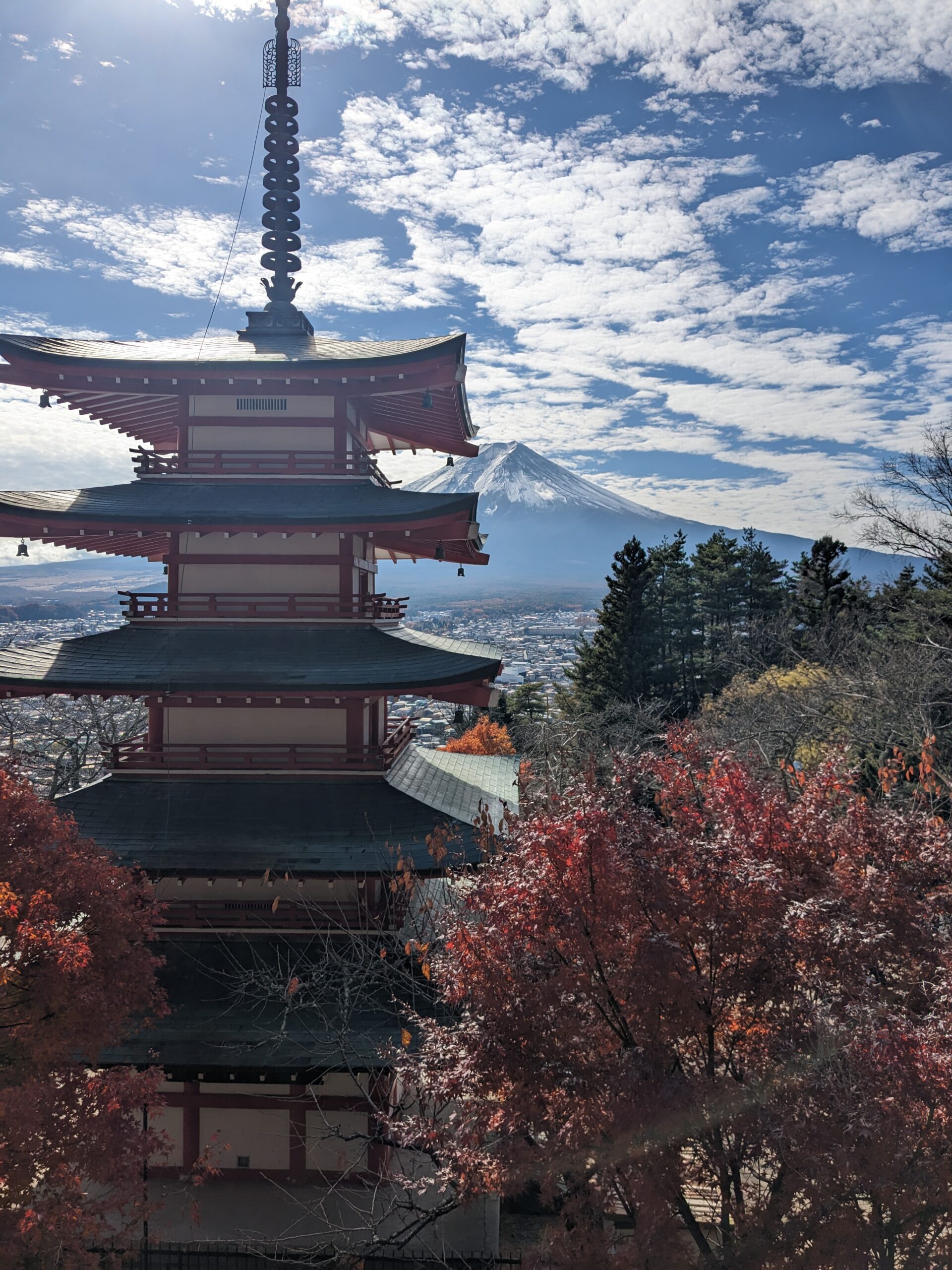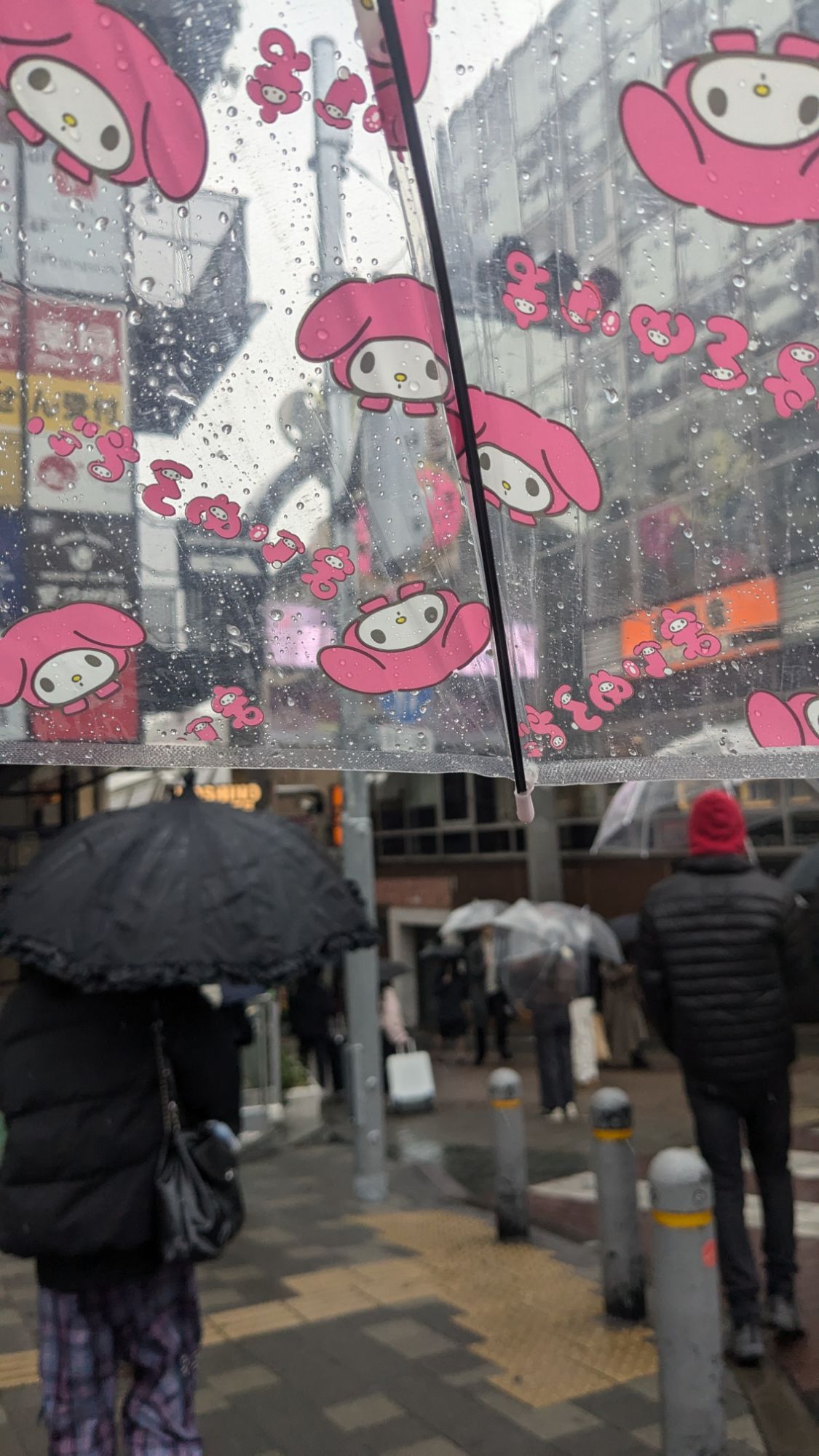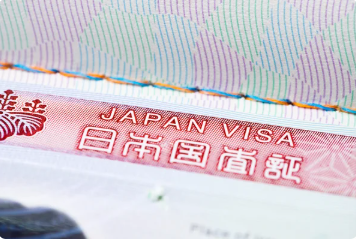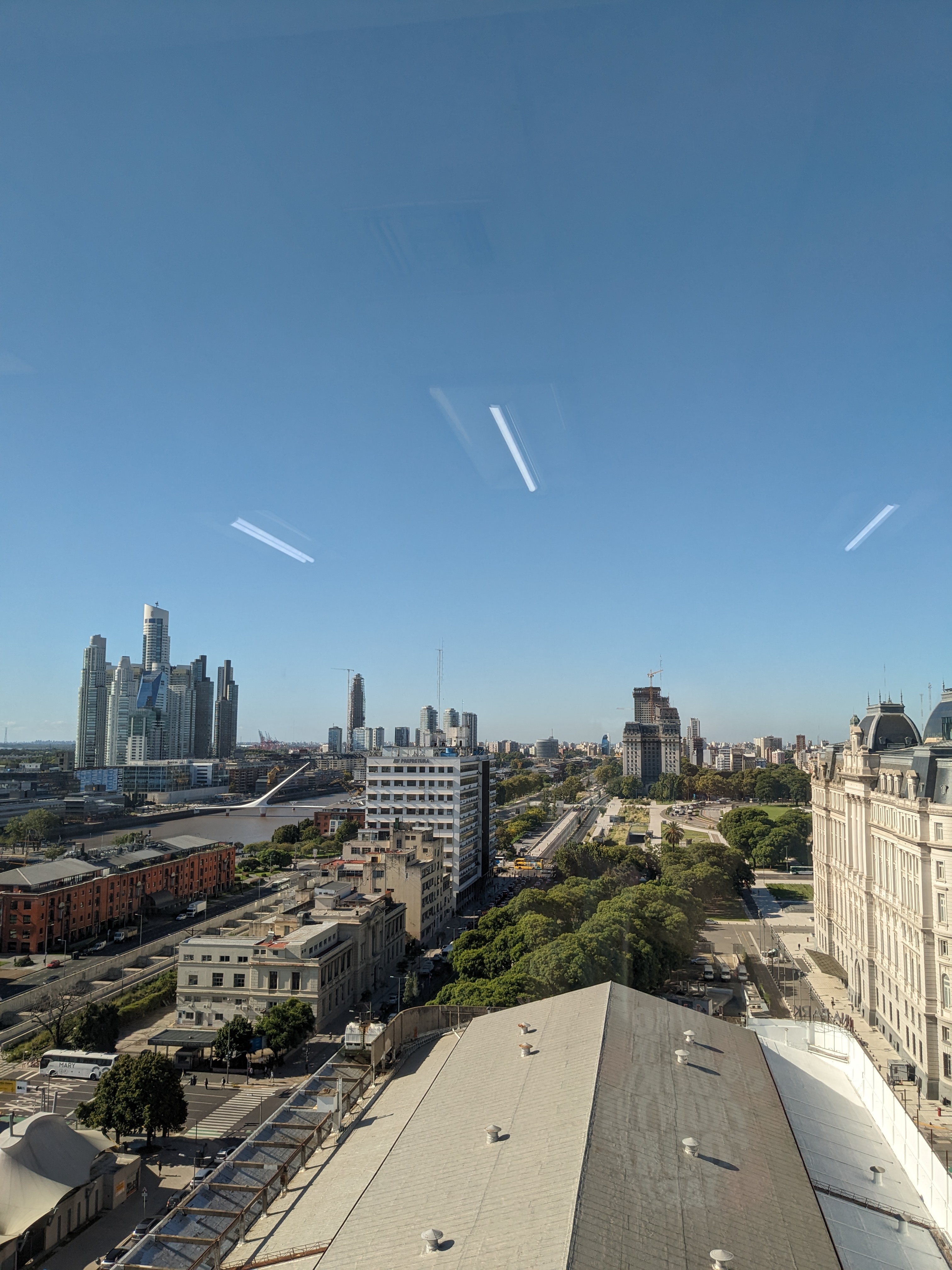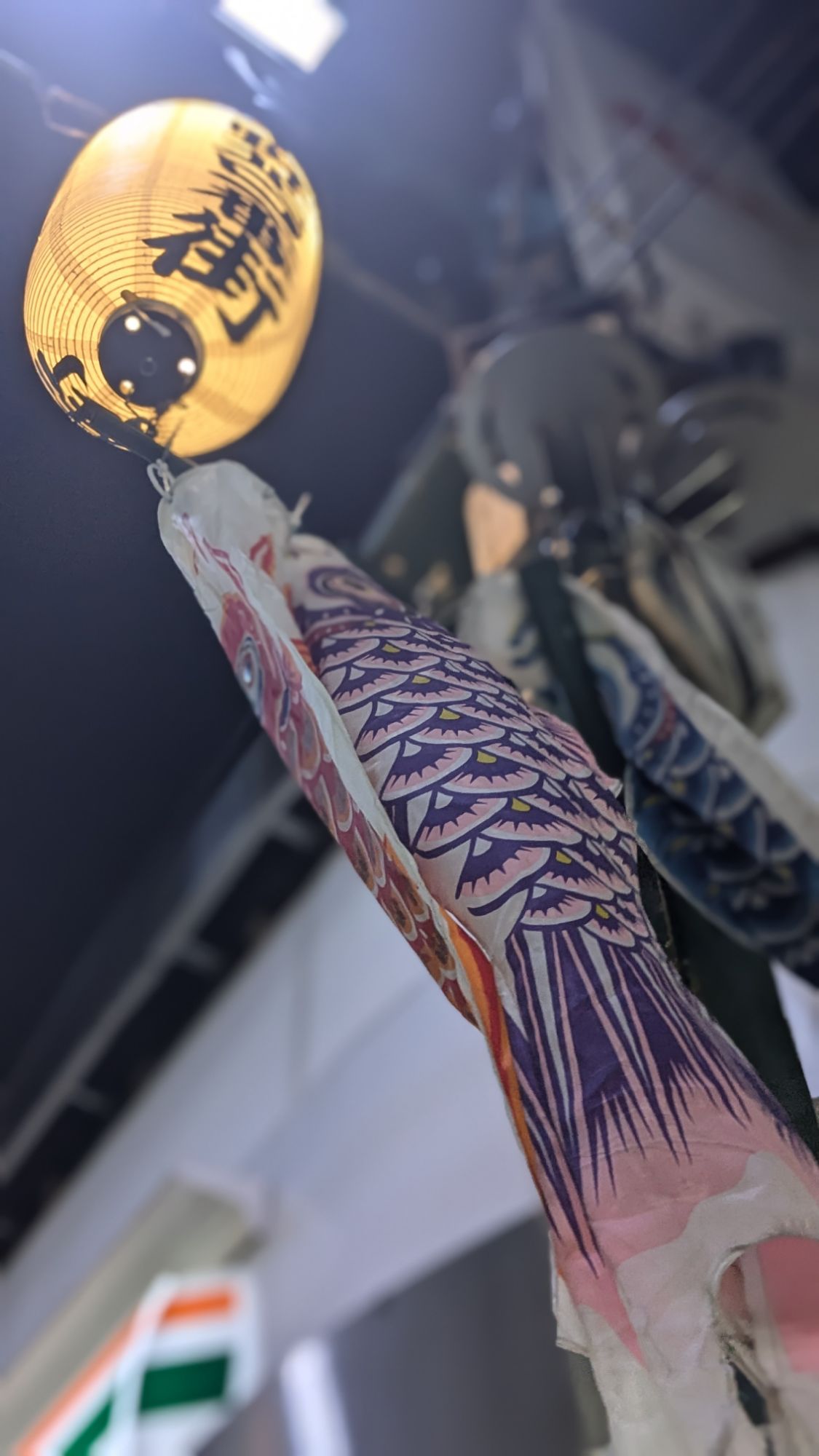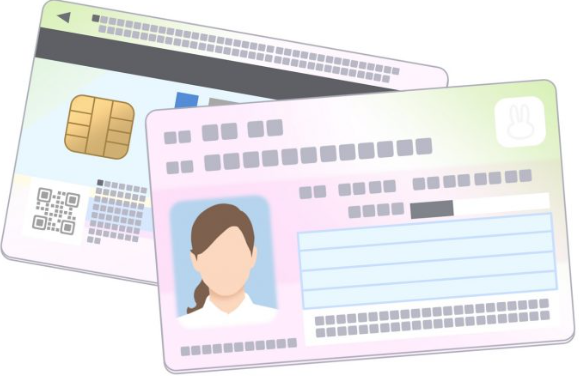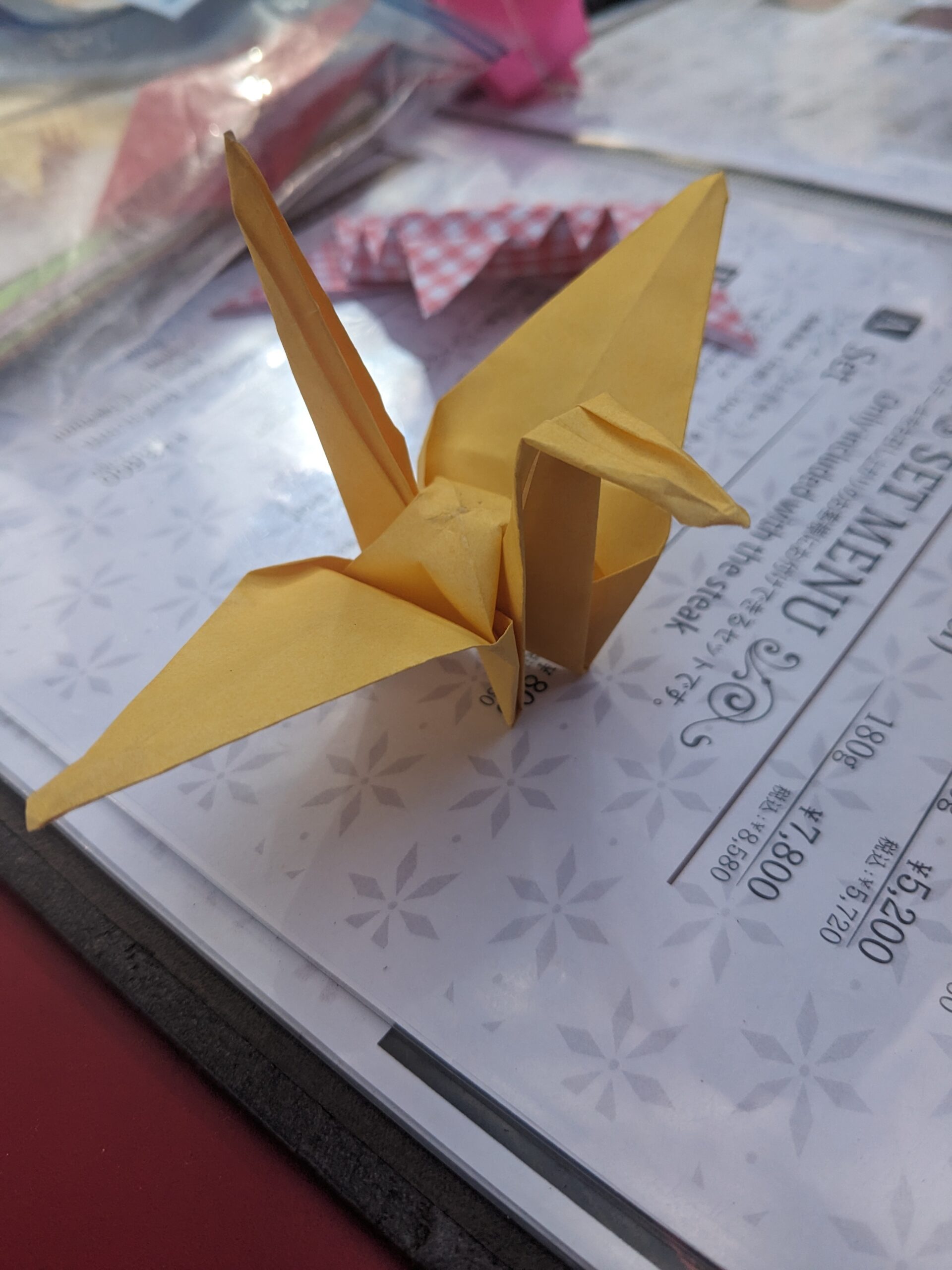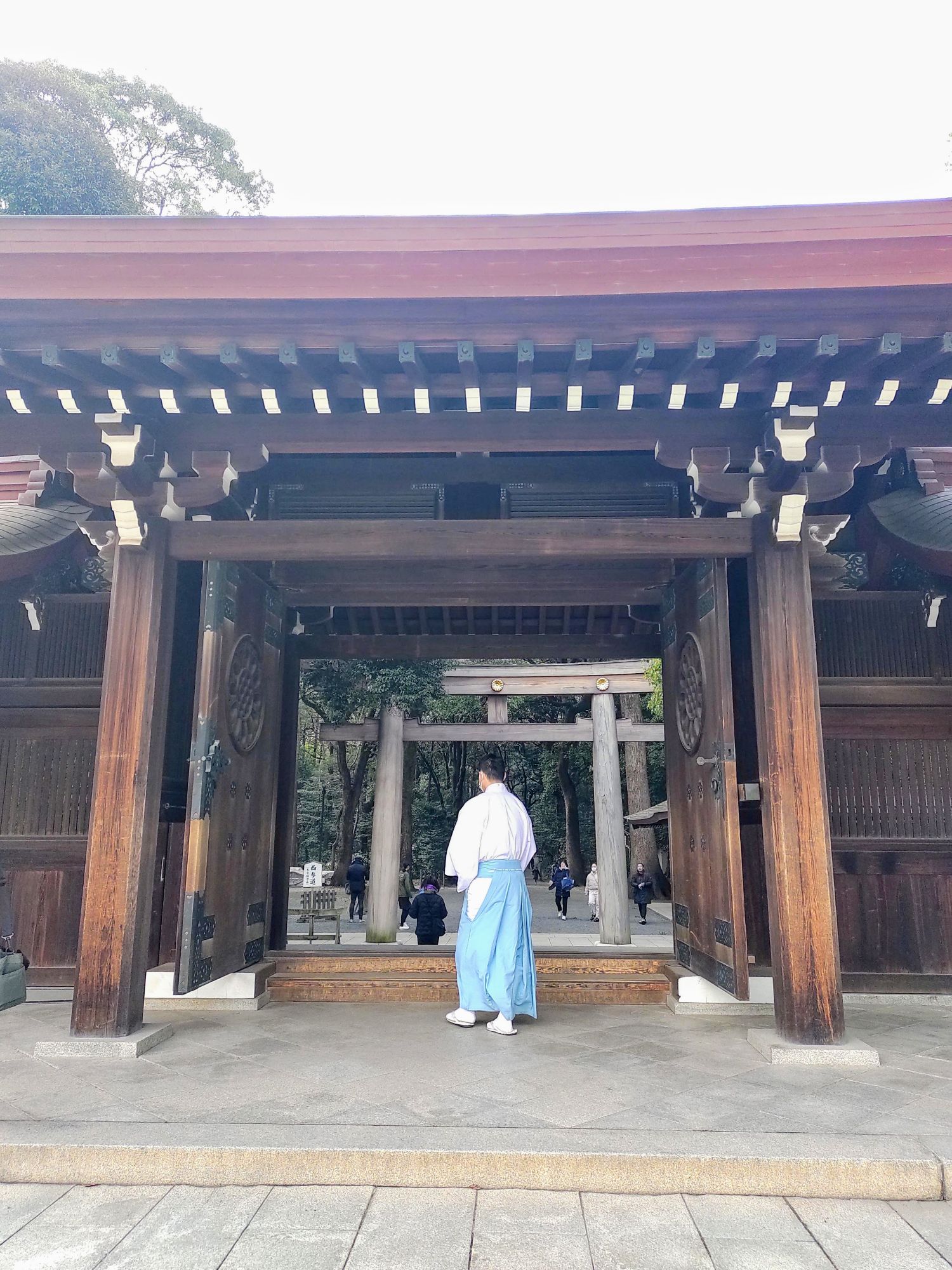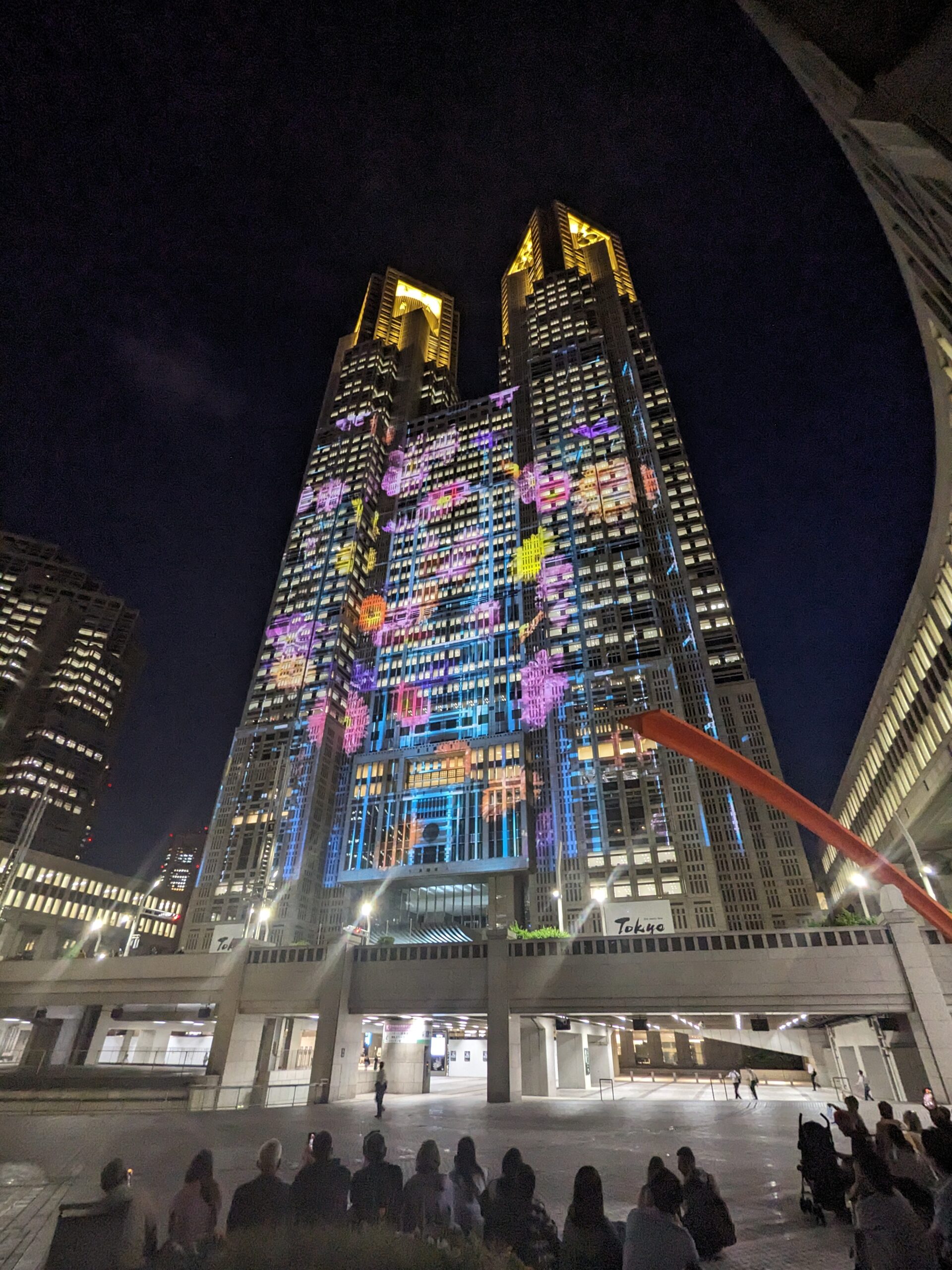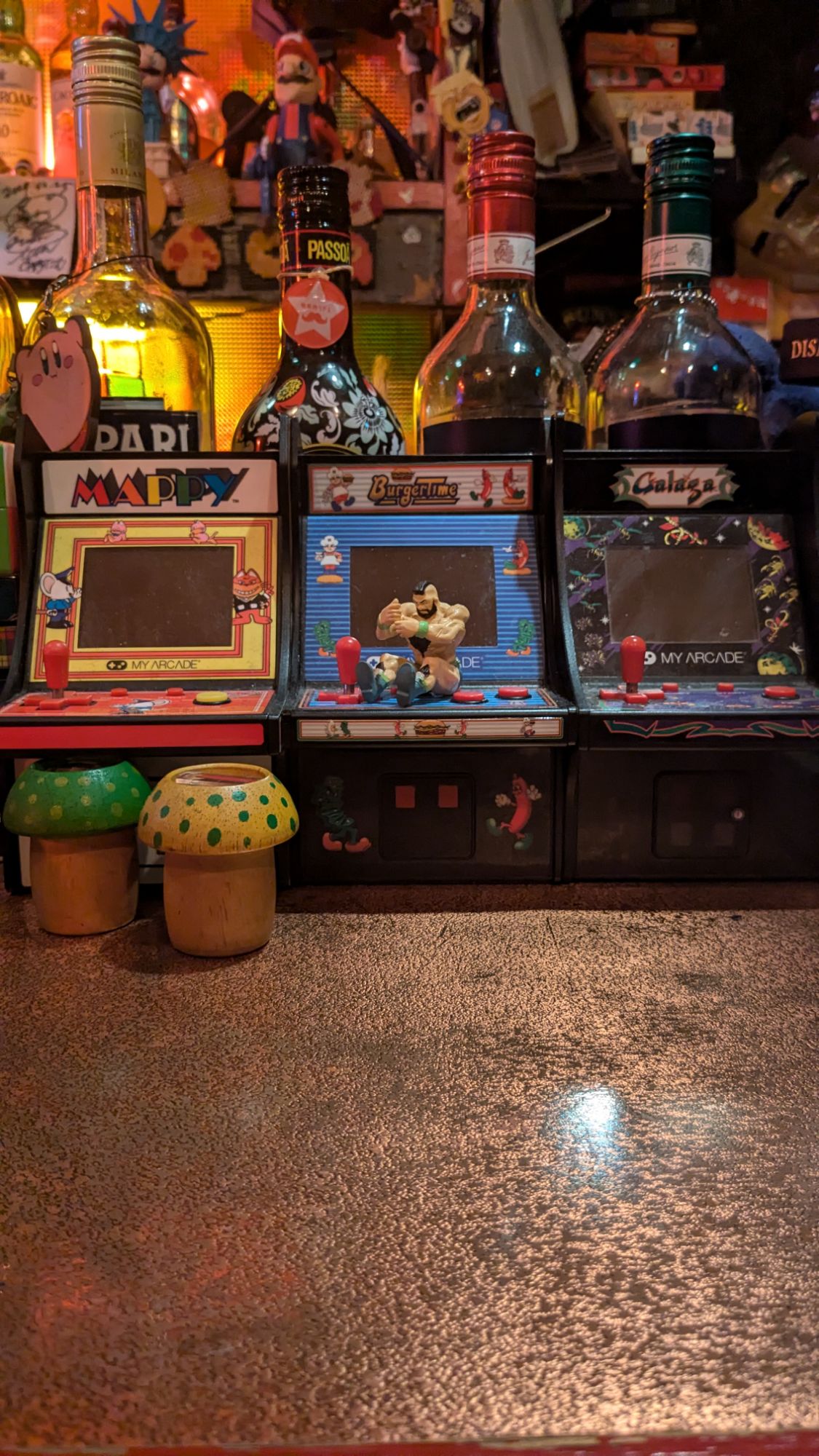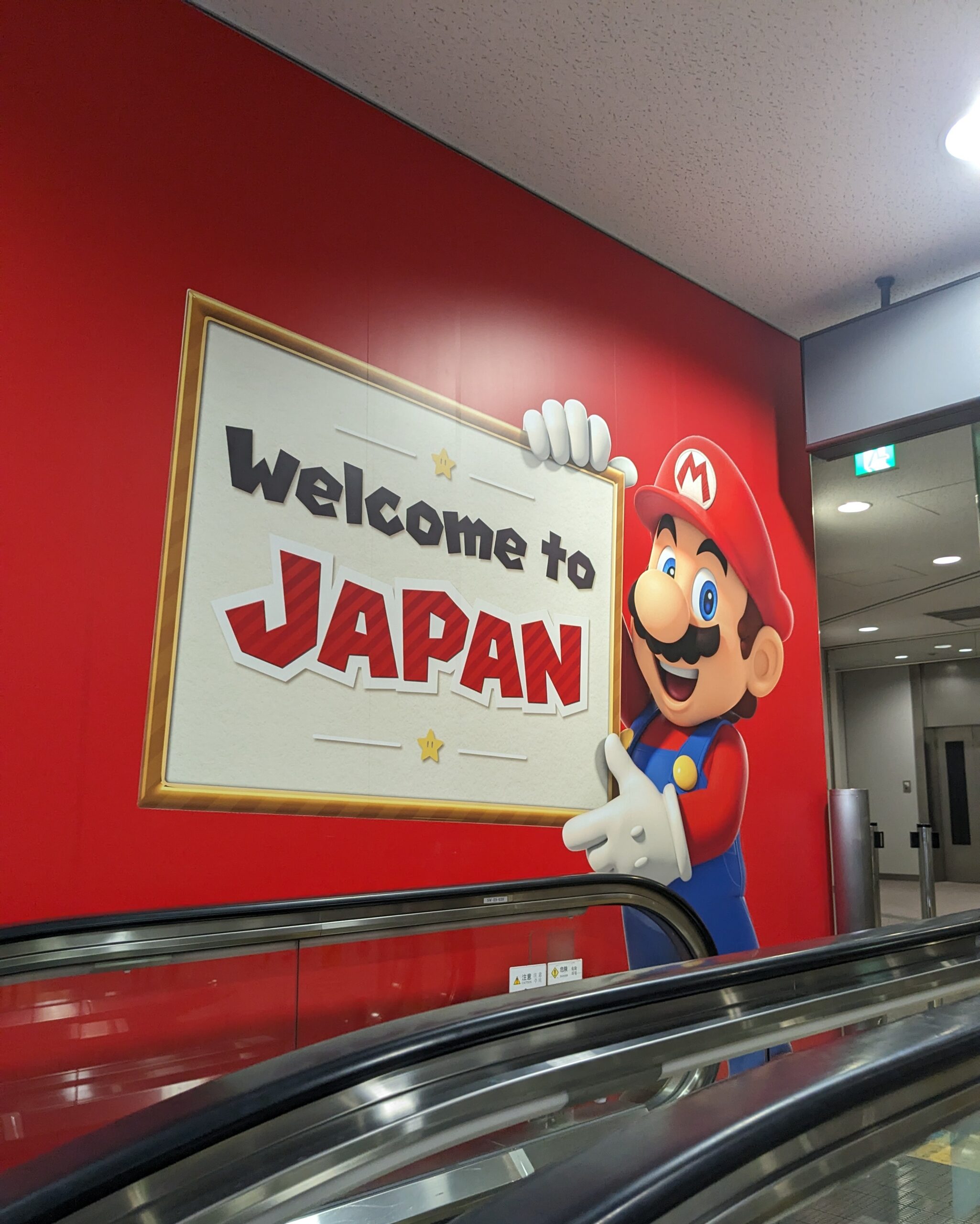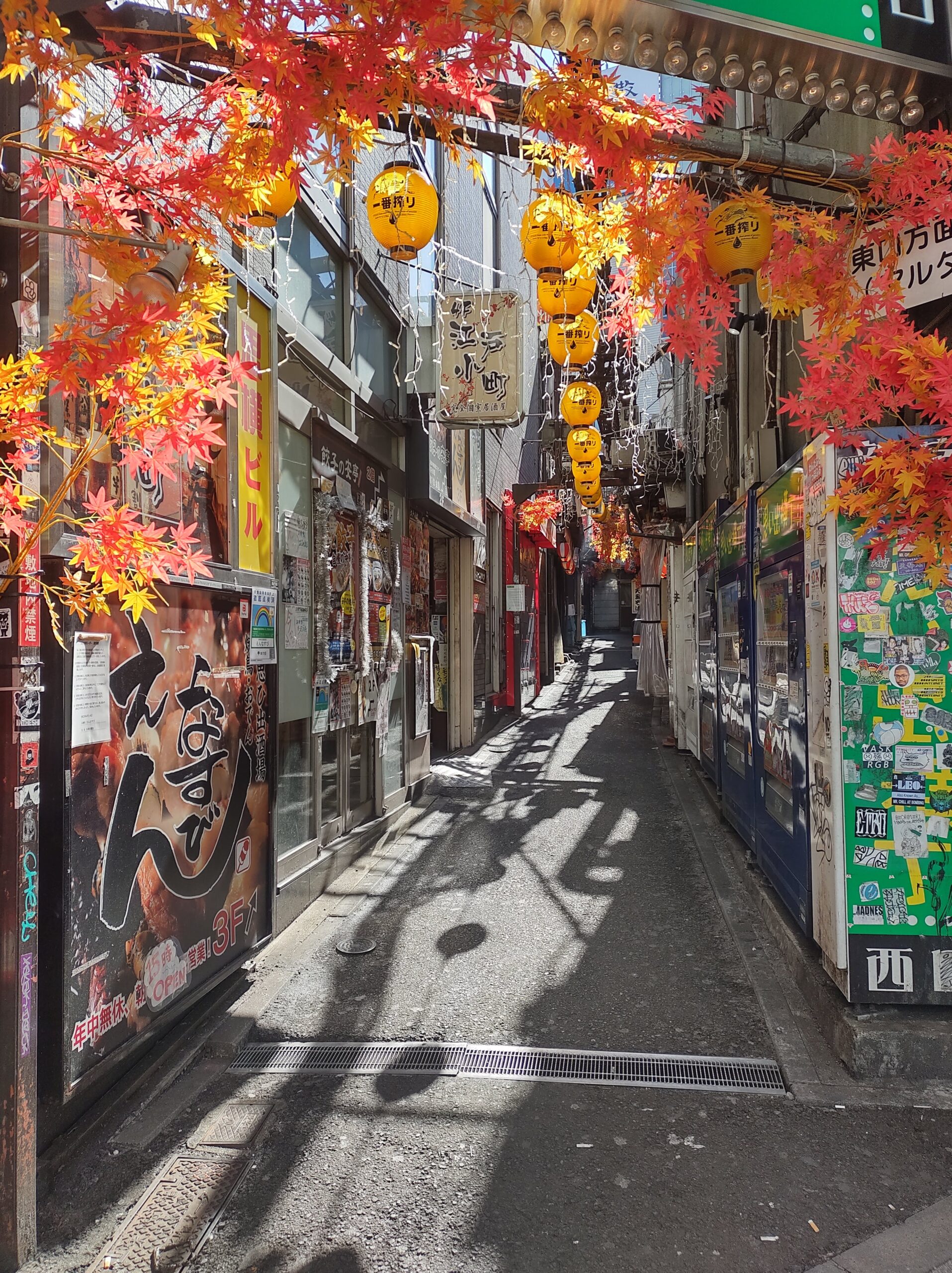皆さん, こんにちは!
When we move to another country, we don’t just face changes in culture and language—we also face changes in our personal relationships. Loneliness can be a big challenge, but building a network of friends makes the experience much more manageable. Today, I want to share my experience with friendship in Japan and some tips for making friends in such a different environment.

💕 The Importance of Friendship When You Emigrate
When we move abroad, it’s normal to feel uncertain about how we’ll make friends. Whether we move nearby or to the other side of the world, the culture and customs are different, and adapting can be challenging.
Loneliness can lead to regret or even the desire to return home, but having a community that shares our language and customs can make the transition much easier.
Before moving to Japan, I spent five months in Mexico. Although my sister was already there, I was worried about not making friends. That’s why, before traveling, I searched for Facebook groups from my city and K-pop fan groups (especially BTS). I made a post and a girl added me to a WhatsApp group. Thanks to that, I met several people, and my experience was much richer and less dependent on my sister.
🌐 Why Having a Community Abroad is Key
Although it’s essential to meet local people, it’s also important to have a support group that shares your language and experiences. This helps:
- Provide emotional support during tough times.
- Share useful information about paperwork and daily life.
- Find company for outings or trips.
- Overcome loneliness and enjoy the experience more.
In my case, meeting other Argentinians with a Working Holiday visa in Japan was crucial. We formed a WhatsApp group that started with 3 or 4 people and eventually grew to 200 members. With the original group—around 20 of us—we’re still in touch and sharing experiences.
These kinds of communities become essential when facing challenges like job hunting, finding a place to live, or simply wanting to share experiences with someone who truly understands.

👘 Expectations vs. Reality: My First Experience with Friendship in Japan
Before coming to Japan, I tried not to build expectations, but I had heard things like:
- It’s hard to make Japanese friends.
- They’re very formal and reserved.
- They don’t say what they really think.
- Plans are always made well in advance.
Some of these things were true, but others weren’t. There are cultural patterns, but also exceptions.
What I Expected vs. What I Found
From the beginning, I had a positive experience. Besides the Argentinian group, I also made Japanese friends—mainly through work.
At first, it was hard to connect with one of them. Every time I invited her to go out after work, she said she couldn’t. I thought maybe she didn’t like me, or was being “tatemae” (what we would call fake in Argentina). But one day, she invited me out for a drink. That’s when I realized she really couldn’t before because she lived far away.

Friendship in Japan was different from what I was used to. In two years, we’ve hung out one-on-one maybe five times, but during those times, we talked a lot, laughed, I taught her Argentine slang, and we even filmed dance videos together.
More than “expectations vs. reality,” it’s about understanding that friendship in Japan can work differently.
How to find a job in Tokyo with Working Holiday Visa?
💬 The Language Challenge: How I Communicated at First
My Japanese friends speak English and have open minds because they’ve lived abroad or have foreign friends. That made communication easier. But if someone only speaks Japanese and isn’t used to dealing with foreigners, it can be harder to connect.
I tried to build a friendship with a girl I had followed on Instagram since 2019. We met up a few times and had fun dancing K-pop, but it didn’t go beyond that. The language barrier kept the relationship superficial.

Tip: If you want to make Japanese friends and immerse yourself in the culture, learning Japanese is key. The more you understand the language, the more doors will open for you. It helps to learn everyday phrases for casual conversation and to show genuine interest in their culture.
✔️ Practical Tips for Building Friendship in Japan
If you want to connect with Japanese people, I recommend:
- Studying Japanese.
- Looking for Japanese people who speak English or have lived abroad.
- Using apps like Meetup to find groups with similar interests or joining language exchange events.
- Being patient and understanding that friendship may develop differently from what you’re used to.
- Participating in local activities like volunteering or festivals to meet people naturally.
- Showing genuine interest in their culture—from food to traditions.
🧑🤝🧑 Where to Meet People
- Meetup and language exchange events.
- Work: If you’re on a Working Holiday visa, you’re likely working in restaurants or shops with both Japanese and foreigners. It’s a good starting point, although many of those connections end when someone changes jobs.
- Other apps like Bumble BFF.
- If you enjoy nightlife, you can meet people in bars or clubs.
🌎 The Role of the Latin Community in Japan

Just like in Mexico, I searched for Argentinians with a Working Holiday visa in Japan. We started as a small group and, over time, it became a large community.
With this support network:
- We helped each other.
- Shared useful information about work and life in Japan.
- Organized trips and events together.
- Built bonds that go beyond time and distance.
Some of us even ended up living in the same share house and working together.
Renting in Japan being Foreigner
☮️ Conclusion: My Path to Genuine Friendship in Japan
During my Working Holiday in Japan, I made incredible friendships and lived unforgettable moments. The hardest part was the goodbyes, but those of us who stayed in Tokyo became even closer.
The friendships we make when we move abroad are sometimes temporary, but they leave a powerful mark on our lives. And who knows? Maybe you’ll meet again somewhere in the world!
If you’re planning to come to Japan, don’t be afraid to step out of your comfort zone. It may take time, but with patience and an open mind, friendships will come when you least expect them. Don’t shut yourself off from the experience!
よろしく,
花ちゃん。

